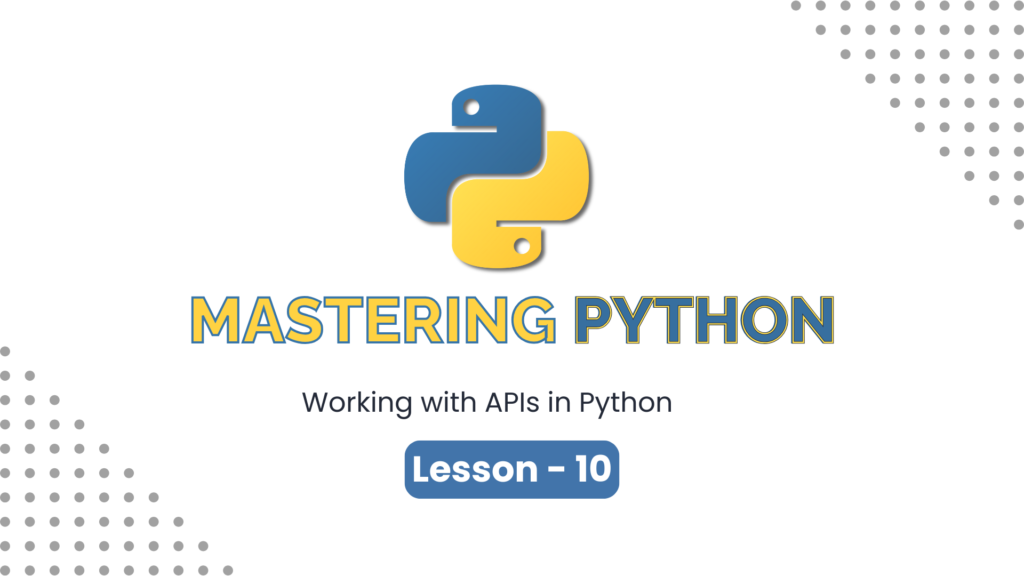Lesson 13: Unit Testing in Python
Testing is a crucial part of software development. It ensures that your code is reliable, efficient, and bug-free before deployment. In this lesson, we will explore unit testing in Python using the built-in unittest module. 1. Why Testing is Important? What is Unit Testing? Unit Testing is the process of testing individual functions or components […]
Lesson 13: Unit Testing in Python Read More »










